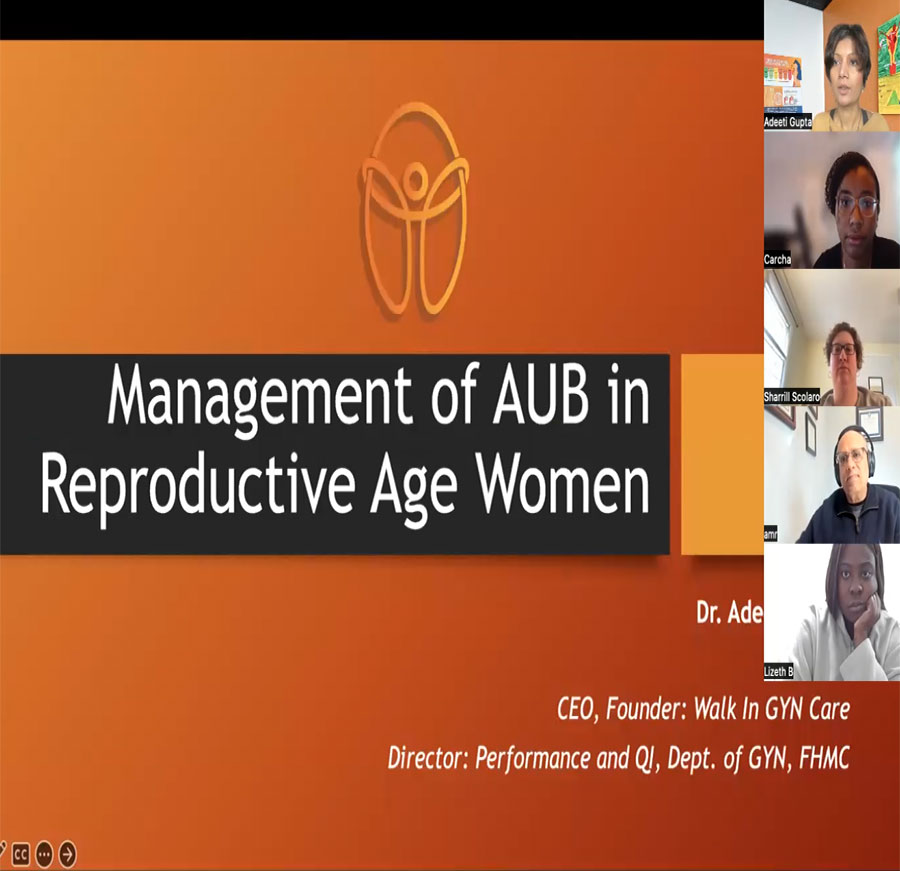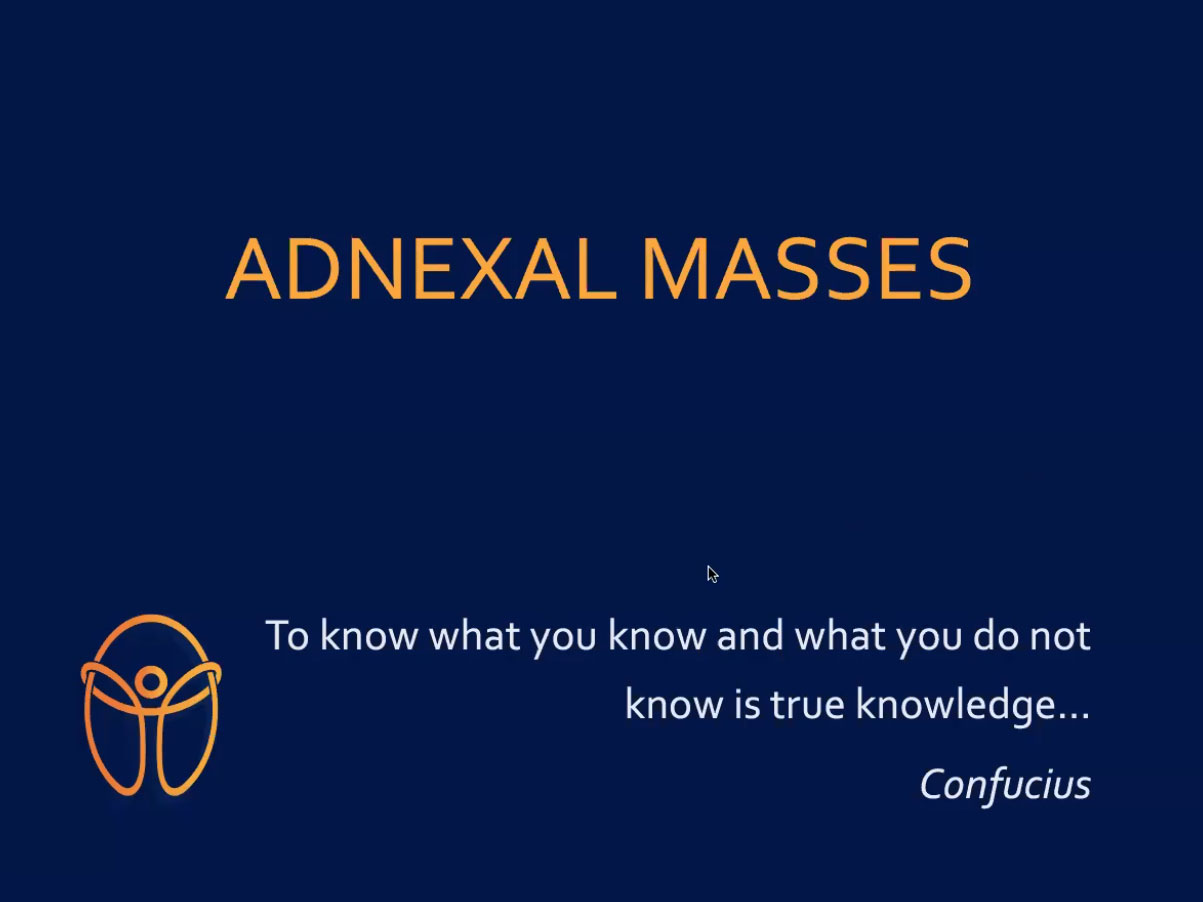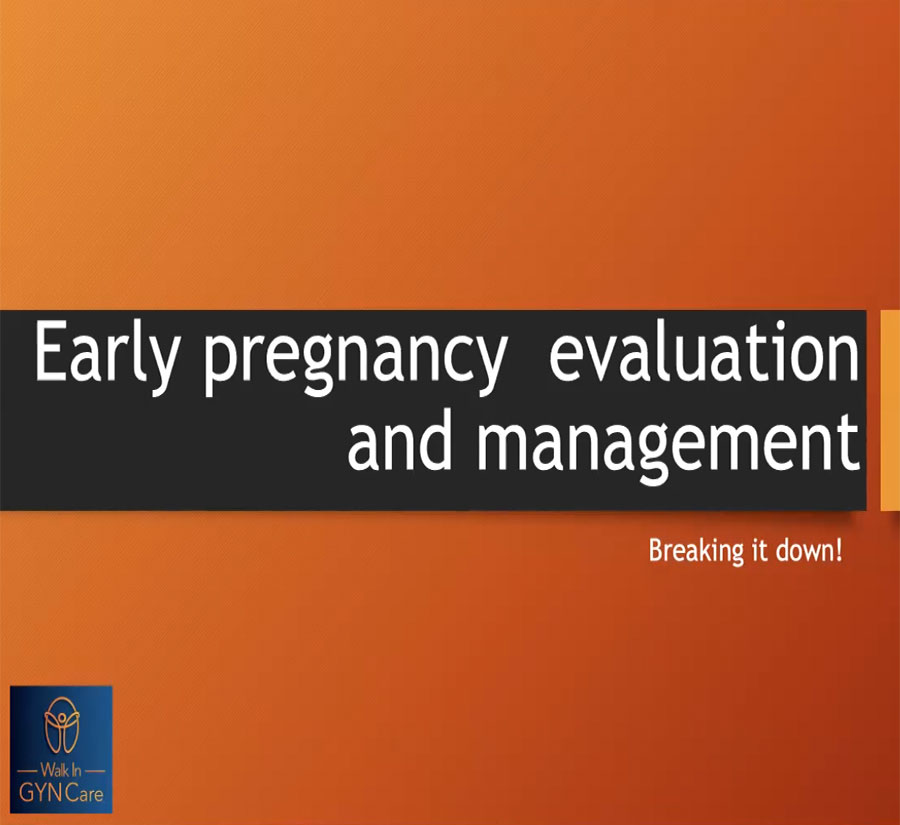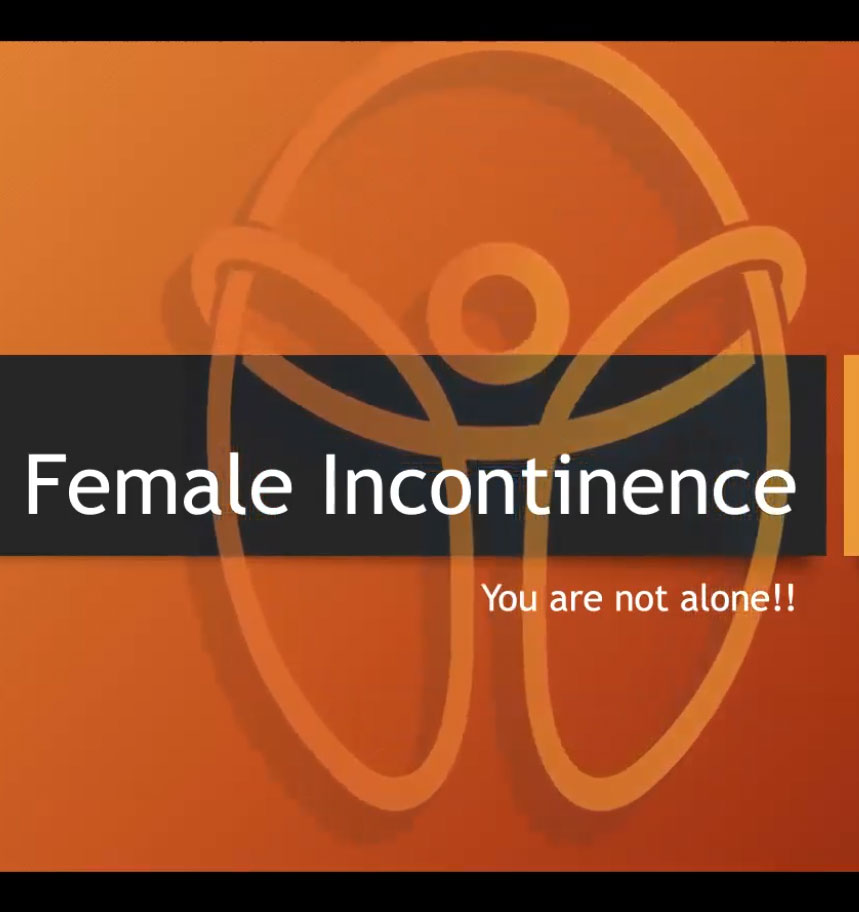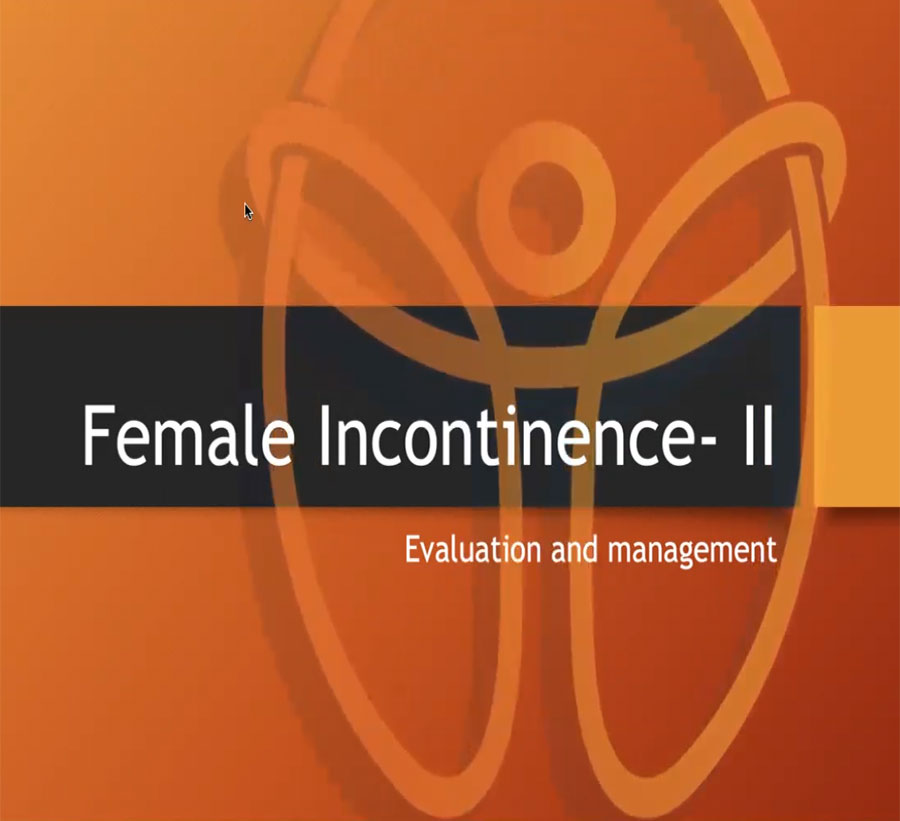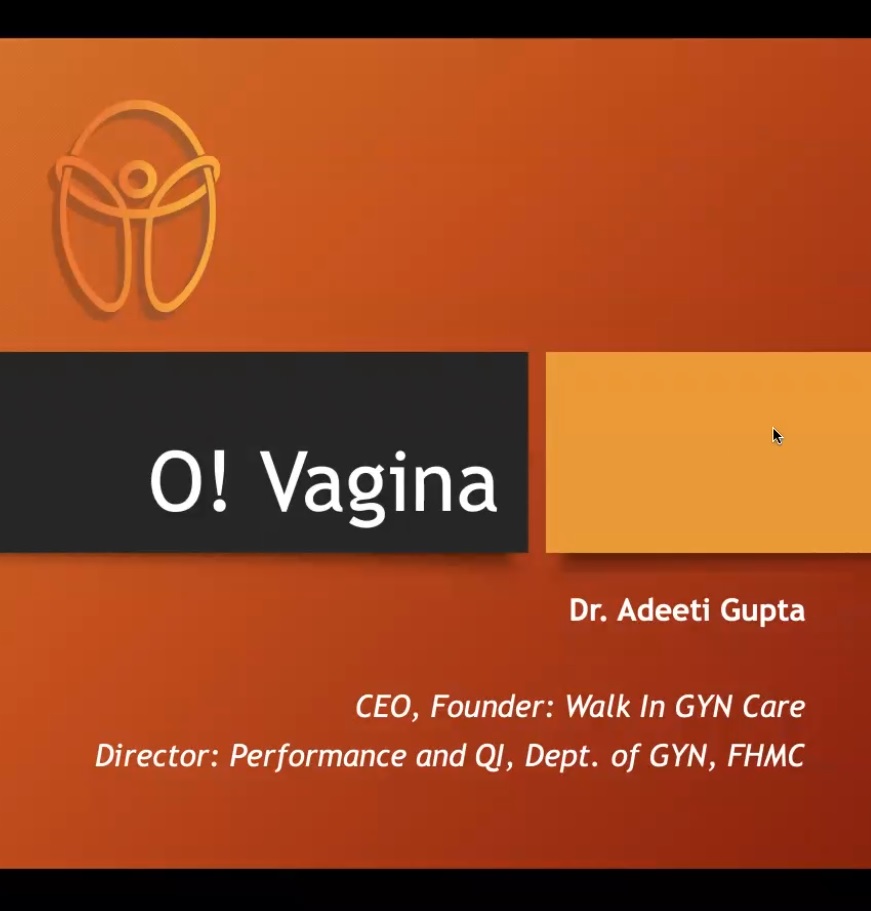Abnormal uterine bleeding (AUB) is abnormal bleeding from the uterus in the absence of pregnancy. AUB occurs in more than 50% of women over the course of their lifetime. This presentation offers a comprehensive overview and an algorithmic approach for the management of AUB.
The presentation provides a description and explanation of the PALM-COEIN tool, and offers definitions of bleeding (acute, chronic, normal, prolonged, heavy, light), further described based on age group. The presentation offers a comprehensive description and explanation of the causes of AUB, also further described by age group. History, evaluation, lab work, imaging (sonogram, MRI), pathology, and treatment planning with special considerations, are described i
Treatment options from least invasive to definitive, using shared decision making, are described for each age group and condition. The provided treatment options include explanations of criteria, potential side effects, efficacy, and potential outcomes. For example, surgical management options include appropriate uterus size and presenting conditions for surgery to be an appropriate recommendation. The lecture explains medical and surgical management options and includes contraindications and considerations for treatment options.
This lecture is an insightful resource that breaks down AUB into manageable sections. The recommendations and algorithms are straightforward and comprehensive. This lecture is an excellent resource for those who desire to manage AUB safely and effectively.



